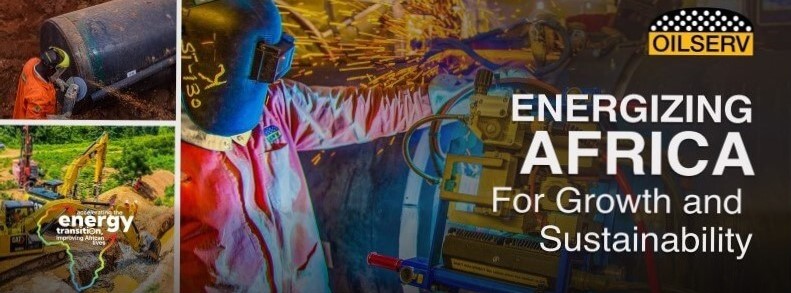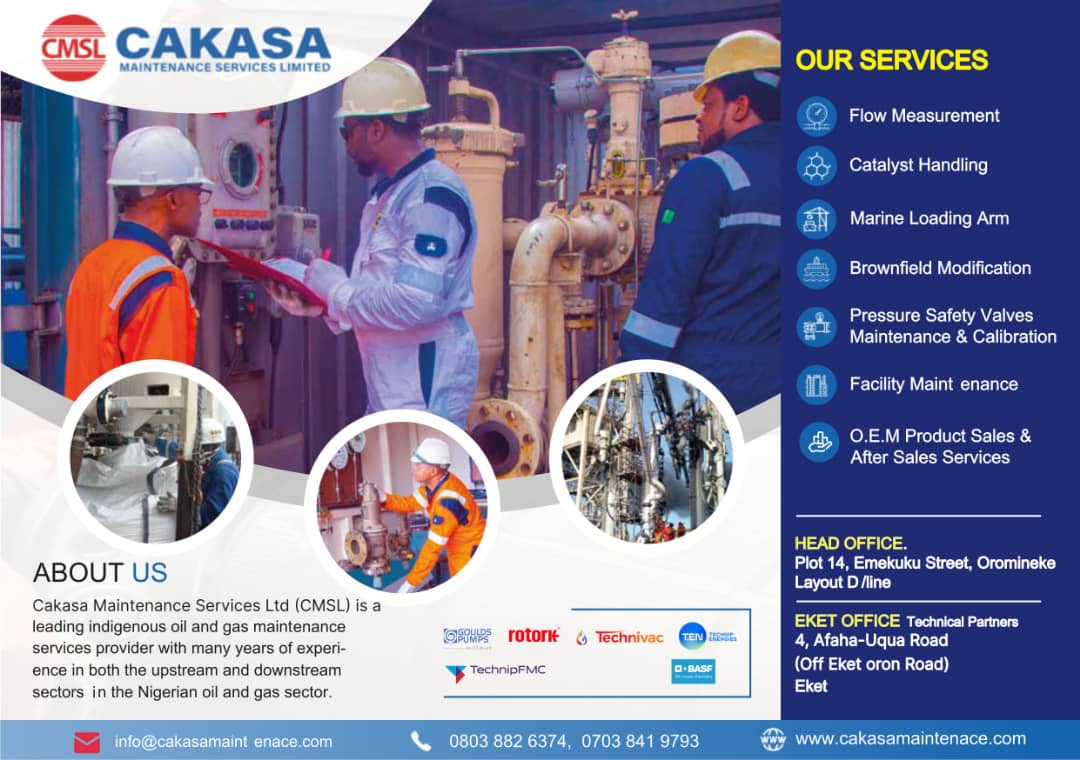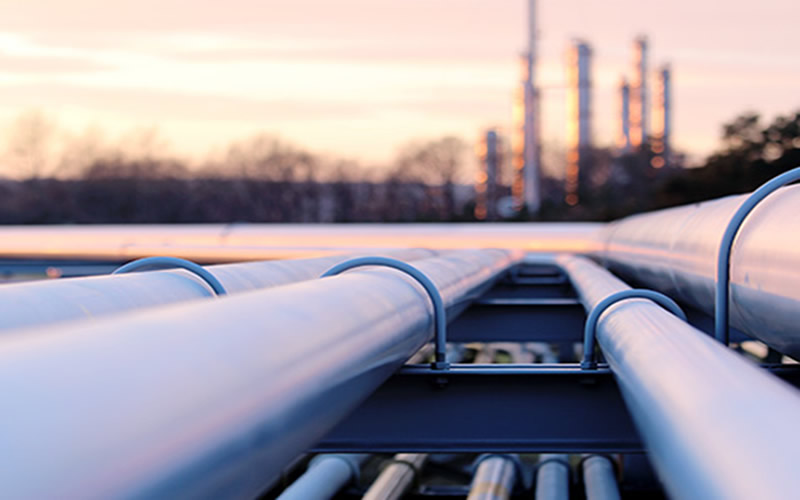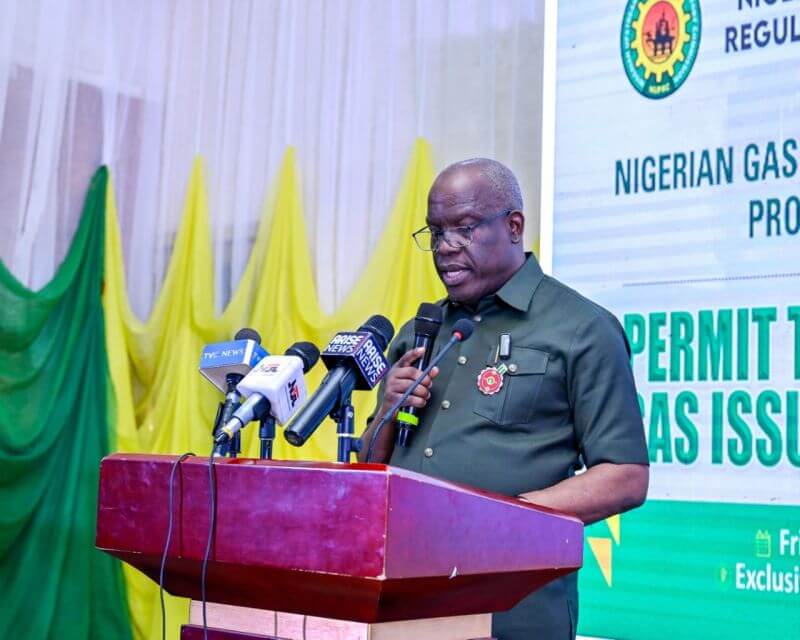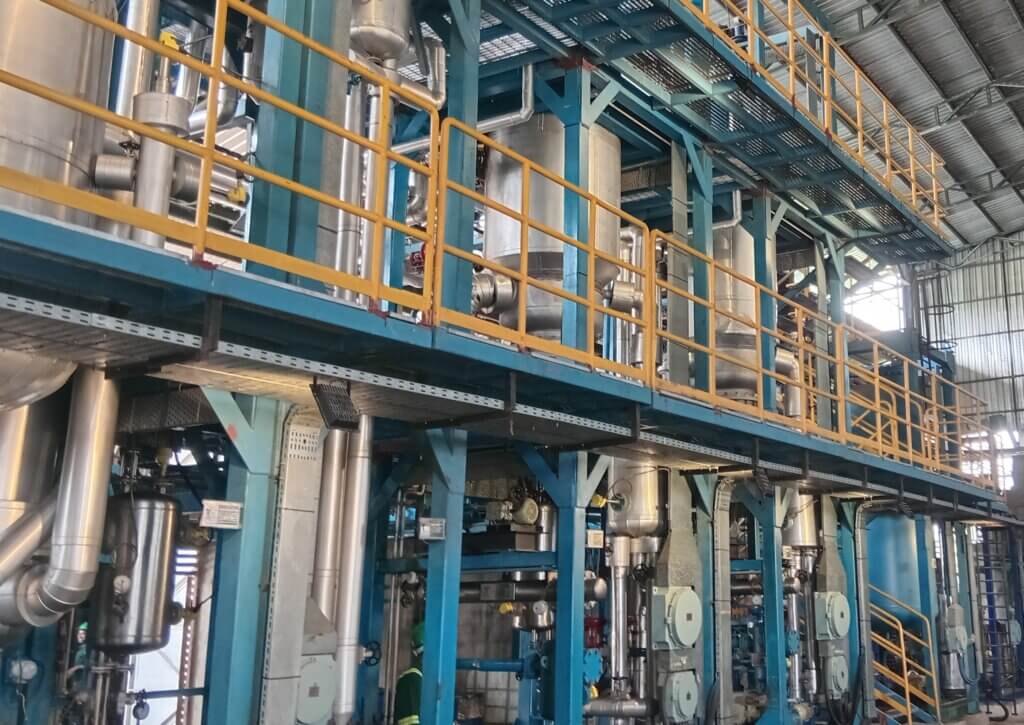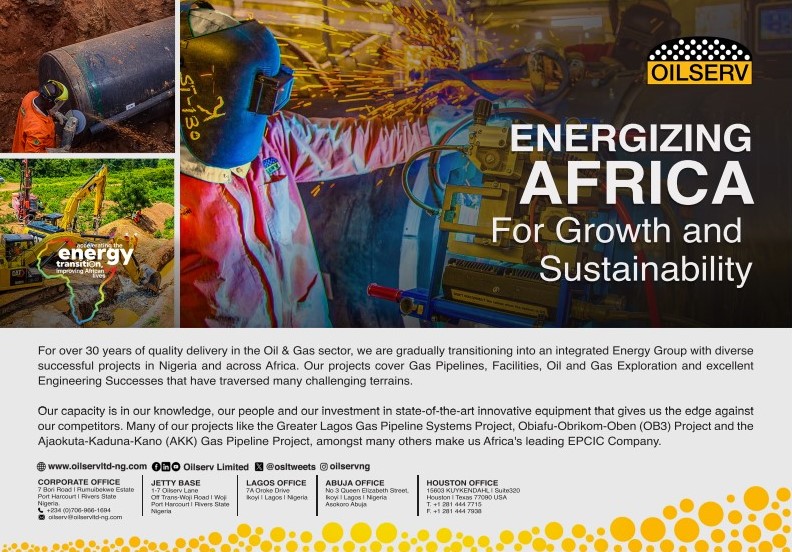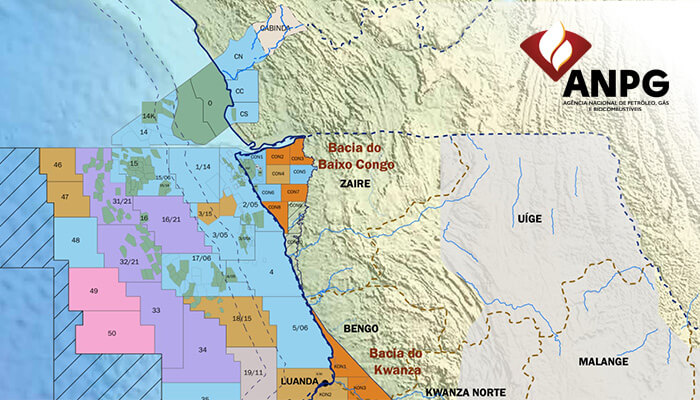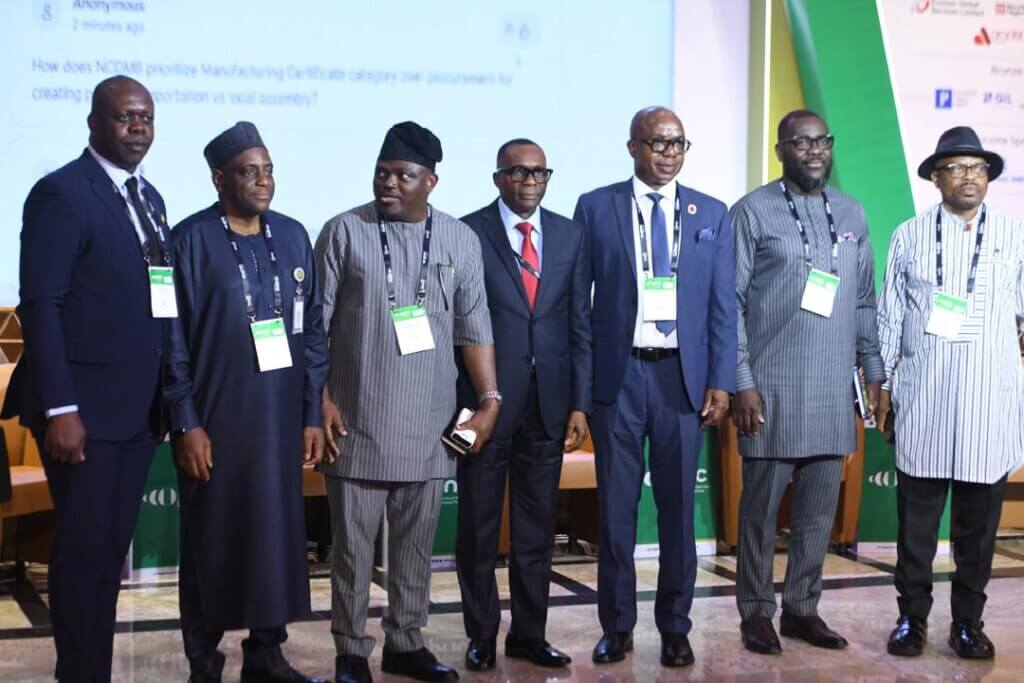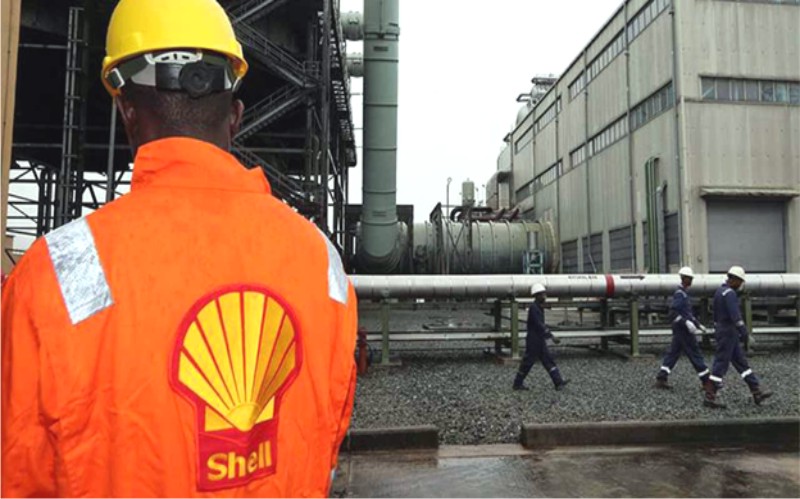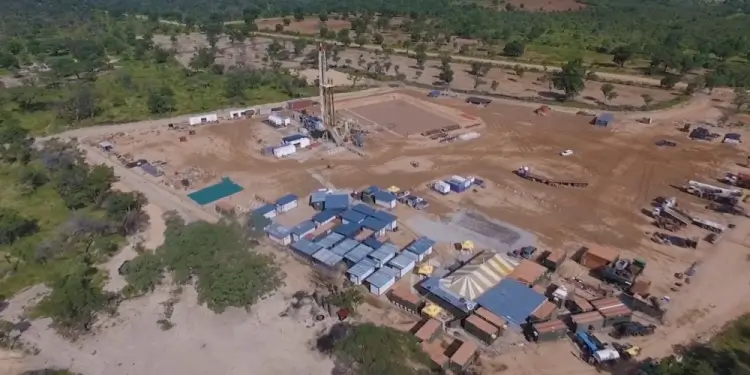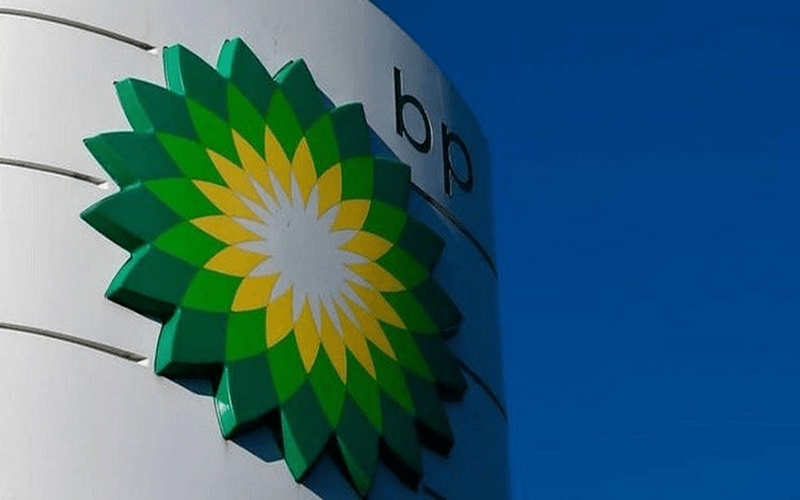
BP has Reported loss of $20.4 billion, underlying replacement cost profit of $6.2 billion
Highlights
Reported loss for the quarter was $20.4 billion, compared with a profit of $2.3 billion for the fourth quarter 2021. The reported result includes adjusting items* before tax of $30.8 billion.
Adjusting items include pre-tax charges of $24.0 billion and $1.5 billion as a result of the loss of significant influence and bp’s decision to exit its 19.75% shareholding in Rosneft and its other businesses with Rosneft in Russia respectively.
As a result, in the first quarter the post-tax charge is $24.4 billion and the total reduction in equity is $14.7 billion.
Adjusting items also include fair value accounting effects of $5.8 billion. See page 3 for further details.
Underlying replacement cost profit* was $6.2 billion, compared with $4.1 billion for the previous quarter. This was driven by exceptional oil and gas trading, higher oil realizations and a stronger refining result, partly offset by the absence of Rosneft from the first quarter underlying result.
For the first quarter bp has announced a dividend of 5.46 cents per ordinary share payable in June 2022.
Net debt* reduced to $27.5 billion; further $2.5 billion share buyback announced
- Operating cash flow* of $8.2 billion includes a working capital* build of $4.1 billion (after adjusting for inventory holding gains* and fair value accounting effects*).
- Capital expenditure* in the quarter was $2.9 billion. bp continues to expect capital expenditure of $14-15 billion in 2022.
- bp received divestment and other proceeds of $1.2 billion in the first quarter and continues to expect to receive total proceeds of $2-3 billion during 2022.
- Net debt fell to $27.5 billion at the end of the first quarter.
- During the first quarter bp executed share buybacks of $1.6 billion – $0.5 billion during January to offset the expected full-year dilution of the 2022 vesting of awards under employee share schemes and a further $1.1 billion representing progress against the $1.5 billion programme announced with the fourth quarter 2021 results on 8 February. This programme was completed on 27 April.
- During the first quarter bp generated surplus cash flow* of $4.1 billion and intends to execute a $2.5 billion share buyback prior to announcing its second quarter results.
Progressing transformation to an Integrated Energy Company
- In resilient hydrocarbons since the start of 2022 bp announced the start-up of the Herschel Expansion major project* in the Gulf of Mexico; signed a final agreement with Eni to create Azule Energy a new independent joint venture in Angola; and advanced its strategy in biofuels producing sustainable aviation fuel at bp’s Lingen refinery and entering into a long-term strategic offtake and market development agreement for low-carbon biofuels feedstock with Nuseed.
- In convenience and mobility since the start of 2022 bp has continued to progress its EV charging strategy – launching a strategic partnership with Volkswagen Group and announcing plans to invest £1 billion in the UK over the next decade; signed a global strategic convenience partnership with Uber, aiming to make more than 3,000 retail locations available on Uber Eats by 2025; and signed a strategic collaboration agreement with DHL Express to supply sustainable aviation fuel.
- In low carbon energy since the start of 2022 bp has increased its position in offshore wind with the ScotWind lease option award of 1.45GW net; agreed to form an offshore wind partnership with Marubeni; and advanced its hydrogen strategy, announcing plans to develop H2-Fifty, a 250MW gross green hydrogen plant in Rotterdam and signing an agreement to form a joint venture with Aberdeen City Council to develop a hydrogen hub.
In a quarter dominated by the tragic events in Ukraine and volatility in energy markets, bp’s focus has been on supplying the reliable energy our customers need. Our decision in February to exit our shareholding in Rosneft resulted in the material non-cash charges and headline loss we reported today. But it has not changed our strategy, our financial frame, or our expectations for shareholder distributions. Importantly bp continues to perform and step-by-step we are making progress executing our IEC strategy – producing resilient hydrocarbons to provide energy security while investing with discipline in the energy transition.Bernard Looney,chief executive officer
To invest up to £18 billion in UK energy system by 2030
bp intends to invest up to £18 billion in the UK’s energy system by the end of 2030, demonstrating bp’s firm commitment to the UK, and helping the country to deliver on its bold ambitions to boost energy security and reach net zero. As one of the largest oil and gas producers in the UK, bp intends to continue investing in North Sea oil and gas, while driving down operational emissions. bp is also in action on a range of lower carbon energy investments in the UK, which are expected to bring jobs and develop new skills and capabilities.
Bernard Looney, chief executive officer, bp, said: “We’re backing Britain. It’s been our home for over 110 years, and we’ve been investing in North Sea oil and gas for more than 50 years. We’re fully committed to the UK’s energy transition – providing reliable home-grown energy and, at the same time, focusing on the drive to net zero. And we have ambitious plans to do more and to go faster. Our plans go beyond just infrastructure – they see us supporting the economy, skills development and job opportunities in the communities where we operate. We are all in.”
These projected investment figures are in addition to bp’s significant operating spend in the UK. In 2019, prior to the pandemic, an estimated 0.5% of UK GDP was supported by bp’s activities*. bp also anticipates paying up to £1 billion in taxes for its 2022 North Sea profits, on top of around £0.25 billion that it has paid annually in other taxes in the UK in recent years.
The UK projects in which bp is looking to invest – and the wider activities supporting them – include:
North sea:
- Developing lower emission oil and gas projects to support near term security of supply, for example, at the Murlach, Kate and Mungo fields around the bp-operated ETAP hub in the central North Sea and the Clair and Schiehallion fields West of Shetland.
- Investing in exploration around its existing North Sea hubs.
- Progressing asset electrification projects in the Central North Sea and West of Shetland to further reduce operational emissions and supporting the North Sea Transition Deal.
Offshore wind:
- In partnership with EnBW:
- Developer** of two 60-year offshore wind leases in the Irish Sea (combined potential generating capacity of 3GW).
- Developer** of a lease option (potential generating capacity of 2.9GW) off the east coast of Scotland in the ScotWind round.
- Together, these three areas could generate enough energy to power over six million UK homes every year.
- Investing in infrastructure, ports, harbours and shipyards, including the construction of four ships to support the offshore wind projects across the UK, subject to technical and commercial due diligence. These new-builds are anticipated to involve an investment of more than £100m and would be expected to support 500 associated jobs.
- Committing more than £1 million, as part of the successful ScotWind bid with EnBW, to X-Academy in Scotland in a five-year deal, supporting both reskilling experienced workers and the creation of entry-level energy transition roles.
- Making Aberdeen bp’s global operations and maintenance centre of excellence for offshore wind and creating up to 120 new direct jobs.
EV charging:
- Planning to invest £1 billion in electric vehicle charging in the UK over the next 10 years – bp’s largest-ever EV charging expansion – approximately tripling the number of bp’s UK charging points by 2030 and deploying more rapid and ultra-fast chargers in key locations. The investment is expected to support hundreds of new jobs in the UK.
Hydrogen:
- Planning to create two large-scale hydrogen production facilities:
- H2 Teesside (blue)
- HyGreen Teesside (green)
- Together, aiming to produce 1.5GW of hydrogen by 2030 – 15% of the UK government’s 10GW target by 2030.
- H2 Teesside could create more than 600 operational jobs and another 1,200 construction jobs by 2027.
- bp has also signed an agreement with Redcar & Cleveland College in Redcar, Teesside, to support green skills and education initiatives on Teesside.
CCS:
- Leading the Northern Endurance Partnership, to serve the East Coast Cluster (ECC). The ECC has recently been named as one of the UK’s first CCS projects and aims to remove nearly 50% of all UK industrial cluster CO2 emissions.
- Leading Net Zero Teesside Power (NZT Power) which could be the world’s first commercial scale gas-fired power station with carbon capture – with the potential to deliver enough low carbon, flexible electricity to power around 1.3 million homes.
- NZT Power could support more than 3,000 jobs during construction and over 1,000 jobs once operations begin.
Aberdeen:
- Working with Aberdeen City Council in a joint venture to deliver a scalable green hydrogen production, storage and distribution facility powered by renewable energy.
- Partnering with the local authority to support their ambition for Aberdeen to become a climate positive city.
- Working with the Port of Aberdeen on decarbonisation projects.
Retail:
- Continuing to develop our retail network across the UK, providing advanced fuels and market-leading convenience, through our partnership with M&S Food. There are more than 1,200 bp-branded retail sites in the UK, including around 300 operated directly by bp***.













